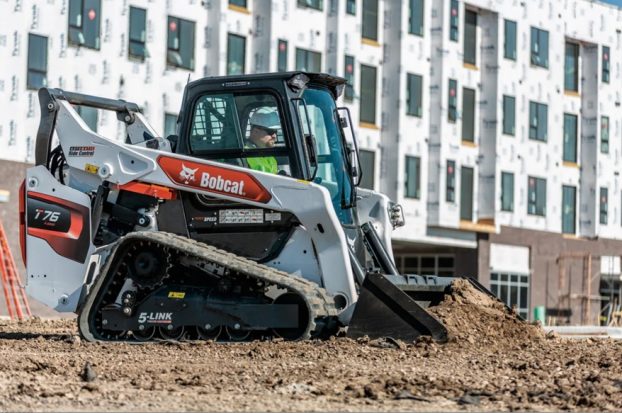
“Are you guys back at the office or still working remotely?”
This question has been the starter to many conversations over the last year. And according to new research, the majority are answering with some version of “we’re doing a hybrid model” – and not everyone is happy with it.
A new report from Unispace, an Australian-based global interior design firm that focuses on office space strategy, design, and construction, confirms the water-cooler talk. The data collection and analysis was performed in partnership with Opinium Research in April of 2023. About 6,500 employers and business leaders and 9,500 employees were surveyed across 14 sectors, including communications and advertising, in 17 countries worldwide. And although office returns are predicted to steadily increase, hesitance continues to be the widespread sentiment – employers and employees aren’t seeing eye-to-eye.
The majority of workplaces globally are employing a hybrid model, with 50% of the workforce coming into a physical office at least four days a week or an average of 3.5 days. With that said, only 33% shared that this suited them and their work needs. Employers, still, are leaning towards mandated office returns – an uptick from 56% in 2021 to 72% of them. Canadian employers, specifically, are optimistic about the eventual increasing return of its workforce, 88% are predicting that four days at the office will become standard in the next couple of years.
But between what employers and businesses want, what they can offer and what employees need there exists a gap.
Over half of the Canadian employees that participated in the survey, slightly above the global average, expressed they are still reluctant about being in the office – 10% even took a pay cut so as to continue working from home. The reasons they offered included feeling their presence at an office is unnecessary, lack of privacy, lowered levels of productivity within a busy office, a desire to save money and emotional discomfort or anxiety. But employers are choosing to focus on two of the biggest benefits that they see: access to learning and development opportunities. These did not make it on the top three office benefits for employees, however. Social interactions, collaborating and reliable technology did.
But if not given the choice, 79% of respondents said they would be more interested in coming into the office if they had an assigned desk. Many, roughly 41%, now share work-stations or have a hot-desking system setup – using available desk space on a first-come, first-served basis.
“The discrepancy between employees and employers will only serve to further drive a wedge between businesses and their people,” the report concludes, “With staff attrition rates and recruitment already being impacted by this misalignment, failure to reconnect with employees and deliver what they both want and need in the workplace will hit companies where it hurts most: their talent pools and thus, bottom lines.” Creating a purposeful workplace is the only true way back.























